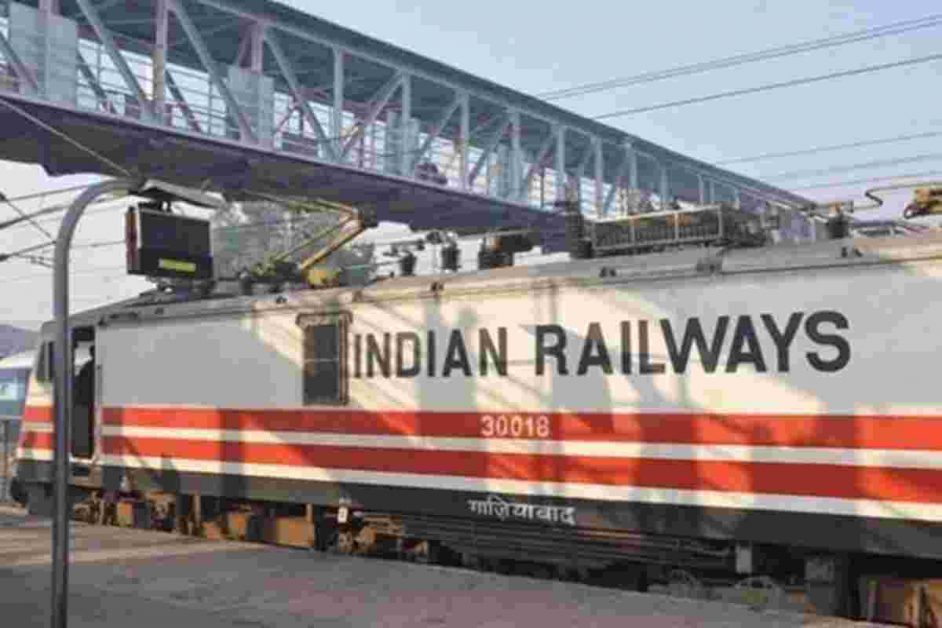Smaller commodities will be integrated into the Indian Railways freight basket through seamless connectivity at cargo ports, according to the Union Budget 2022. Over the last four decades, the railways have made significant advances in freight volumes, focusing on the long-distance transport of bulk commodities, with non-bulk traffic accounting for only a small percentage of total traffic. The National Rail Plan 2020 forecasts several traffic share scenarios for railways by 2051, with a considerable increase in the share of balance (other goods) and Export-Import container traffic, and a fall in the share of other bulk commodities, particularly coal. Though the Indian Railways aspire to expand their product basket by hauling fast-moving consumer items, they lack the necessary prioritisation and implementation. Railway tariff rates are somewhat lower when compared to those supplied by the road sector. Rail freight transportation, on the other hand, has much higher handling and first- and last-mile costs. Furthermore, when compared to the road sector’s door-to-door connection, railway transit time is long due to several stops. Due to the railways’ failure to guarantee transit times, waggon availability, and onerous rules and procedures, users have chosen to travel by road, despite the higher tariff rates.







